Practice 6 Focusing on an intended area - Spot AF
[Focus Area] determines which AF measuring points are used by the camera and the amount of their coverage within the frame.
For general shooting, setting [Focus Area] to [Wide] is a good choice, especially when the subject is moving and you cannot predict the movement or you need to react fast to take the picture at all. The camera usually sets the focus to near subjects with high contrast. When you press the shutter button halfway down in still image shooting mode, a green frame is displayed around the area for which focus has been confirmed.
Scenes for using Spot AF
However, in many cases, you need to take more control over [Focus Area] settings or limit the detecting area to a small portion of the frame. This is achieved by setting [Focus Area] to [Center] or by using [Flexible Spot], which in addition allows you to move the focus frame to the desired point on the screen and focus on an extremely small subject in a narrow area.
When the main subject is small
Shooting planes or birds in flight require attention to movement, and you will have to pan the camera to follow. If the size of the subject is very small and you need an even more precise setting, you can use [Flexible Spot].
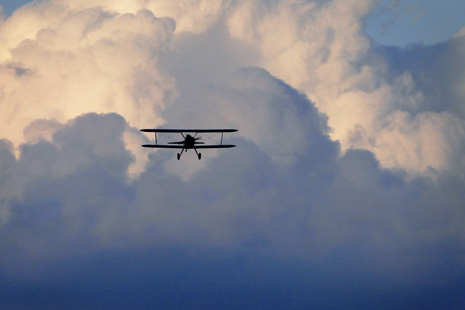
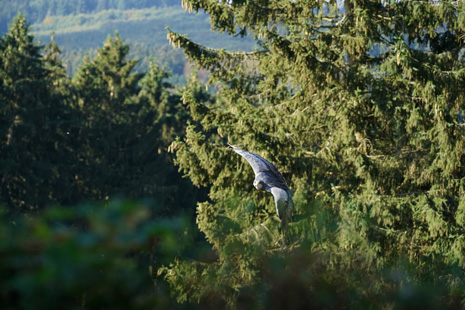
Expanded Flexible Spot (ILCE-7RM2 only)
You can select the size for [Flexible Spot] from [S], [M], and [L]. You can select [S] to shoot the point on which you want to focus exactly. However, this may cause difficulties in focusing on the subject, or sometimes you will be unable to focus exactly. This occurs when the [S] spot cannot find any contrast inside the small spot area. If you have difficulties focusing with [Flexible Spot], the use of larger spot or of [Expanded Flexible Spot] may improve this issue.
When the main subject is off-center
When the main subject is off-center, or you cannot recompose the shot with the focus locked, especially when using a tripod, [Flexible Spot] allows you to focus on peripheral areas in the scene.
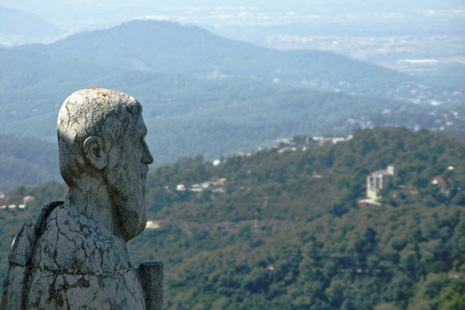
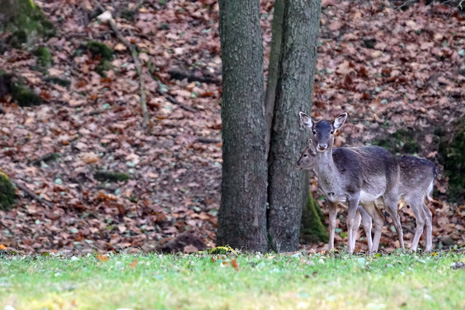
For shooting portraits
Using a large aperture portrait lens like the 85mm F1.4 allows the subject to stand out in front of a defocused background, but due to the limited depth of field, especially when shooting with the aperture wide open, focus needs to be set even more carefully.
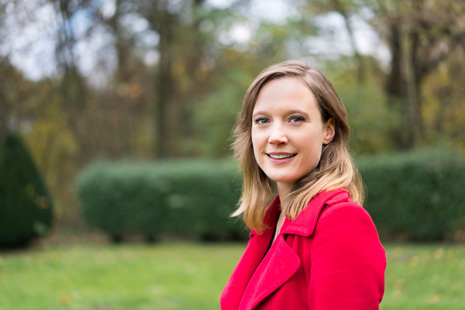
Eye AF
Setting the correct focus is crucial for portraits, and of course you want the eyes to be in focus. Use [Eye AF] function when shooting portraits with a camera equipped with this feature.
For shooting action and sports
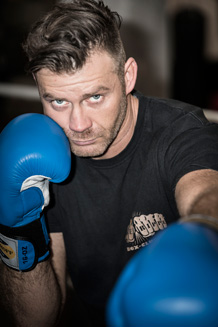
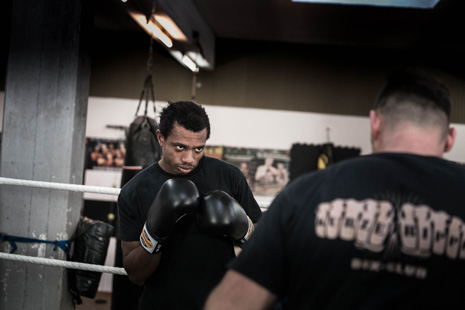
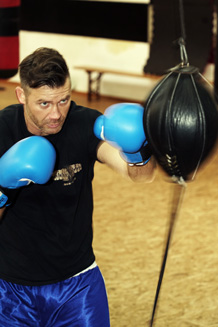
Following action requires a lot of concentration and anticipation. By using [Flexible Spot], you can focus on the main detail or key player to get expressive shots.
Tutorial Video
Continuous AF and Lock-on AF
Set the camera to [Continuous AF] (AF-C) mode, which is available along with all [Focus Area] settings as well. When shooting moving subjects, you can also use the [Lock-on AF] function to allow the camera to track the subject. By using [Flexible Spot], you can determine which subject the camera will start to track.
Focus Standard
[Focus Standard] is a good solution when you want to track a moving subject by manually shifting the focusing frame. Assigning this function to a certain button using the customization function allows you to move the focusing frame with fewer operations.
Setting selective focus to create the impression of depth
By setting the focus selectively, certain subjects will stand out in the frame, and when using a large aperture, you can create the impression of depth and liveliness.
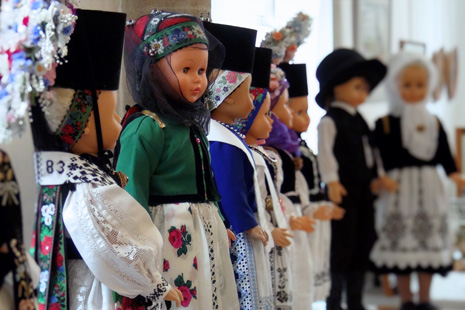
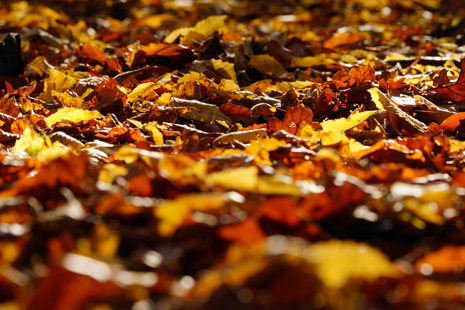
When the main subject is behind other objects in the foreground
A typical situation in which [Wide] AF setting might set the focus on a part of a scene that the photographer does not want is when the main subject is placed behind bars or partly obscured by objects in the foreground. To avoid the camera focusing on the bars or obstacles, choose [Flexible Spot].
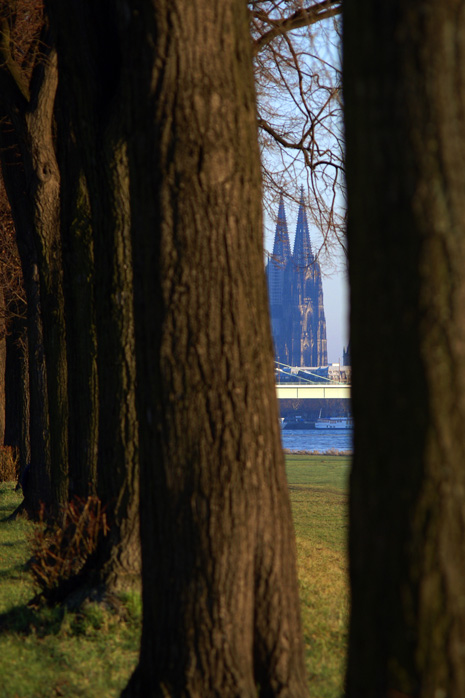
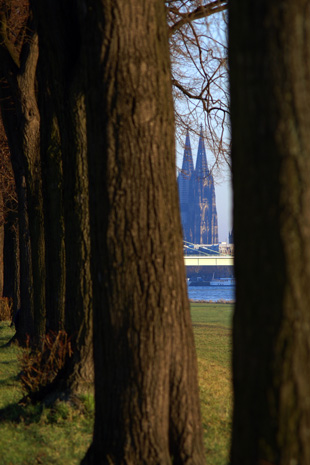
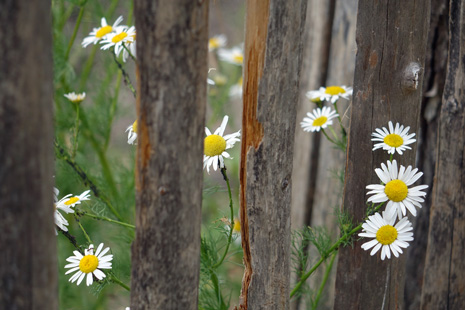
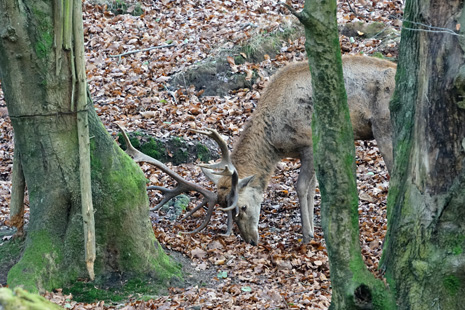
Center AF
Depending on the size and position of the subject, you can use the [Center] AF setting.
The size of the focus frame for [Center] equals the [L] spot in [Flexible Spot] and cannot be changed. If you need to focus on a very small subject in the center, switch to [Flexible Spot] and choose [M] or [S] instead.
Macrophotography
In close up or macrophotography, in which the depth of field is very narrow, you can focus precisely on a certain area using [Flexible Spot]. Change the spot size to [S] or [M] if the focus has to be set precisely on a detail in the close-up scene.
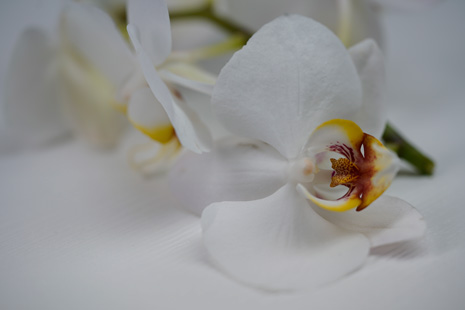
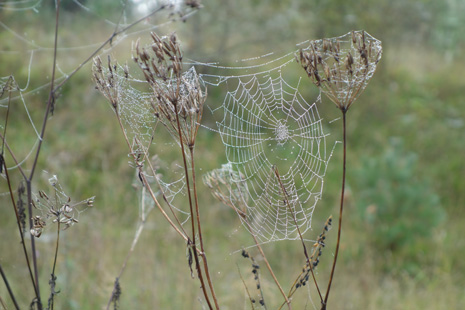
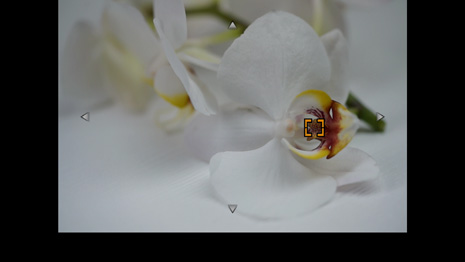
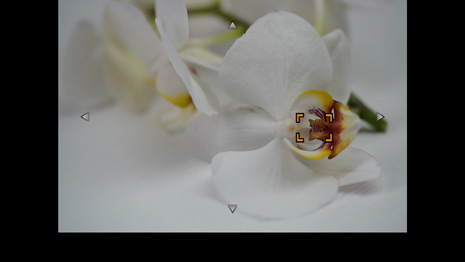
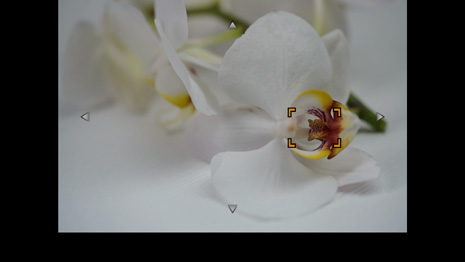
Fine-tuning the focus
You can fine-tune the focus once confirmed by the camera by slightly moving the camera backward and forward or by using the Direct Manual Focus (DMF) feature of the camera.
Recomposing can cause focus shift
Please be aware that using the common method of recomposing the frame after the focus has been locked (Focus Lock) can cause a focus shift, especially when you are shooting with a wide-open aperture.
For example, if you place flower A in the center of the frame and lock the focus, everything on plane A (indicated by the blue line) is in focus. However, if you shift the camera toward B, then everything on plane B (indicated by the red line) is in focus, and flower A is no longer in focus.
In such cases, use [Flexible Spot] and place the focus frame over flower A once you have determined the placement and composition of your frame.
